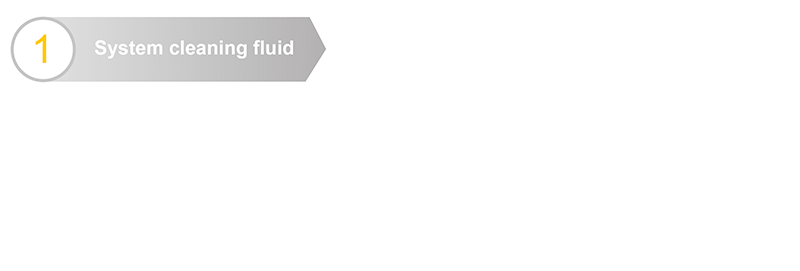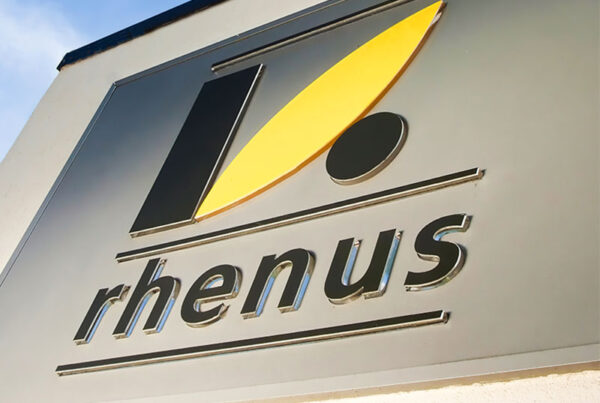An effective coolant change in six steps
Reading time: 7 Min. | 24.04.2018
In this whitepaper, we will reveal how to clean coolant systems effectively, thereby ensuring better process security and a longer service life. We have compiled six essential steps for you that are not only easy to understand and implement, but also save money in the long term.
Step 1: System cleaning fluid — the best preparation for a coolant change
We recommend using a system cleaning fluid and adding it to the coolant to be replaced until it makes up a proportion of 0.5 to 1.5 percent. This should be done at least 8 hours, or ideally, 24 hours prior to the coolant change.
In addition to absorbing machine oils, the system cleaning fluid eliminates unwanted germs and bacteria. Make sure that the system cleaning fluid is added to the mixed coolant gradually to avoid the formation of foam.
Step 2: Draining the cooling system
Once the system cleaning fluid has been given 8 to 24 hours to work, the coolant system can be drained. After the working process is complete, the coolant to be disposed of can then be extracted together with the system cleaning fluid.
Step 3: Cleaning
Now it’s time to clean the coolant system. Whether this is done mechanically, manually with a cloth, or using pressure washers depends on the machine. Once the process is complete, the cleaning residues should also be removed from the system.
Step 4: Rinse, rinse, rinse — the key to an effective coolant change
Next it’s time for the most important step of a coolant change: rinsing. In our experience, this is a process that is frequently neglected.
However, rinsing is the most decisive factor in a coolant change. The fresh rinsing liquid (approx. 2 to 2.5%) doesn’t just provide effective protection against corrosion — it removes even the toughest deposits of dirt and contaminants.
Thanks to its cleaning power, even the most stubborn dirt is removed effectively from pipes and the cleaning fluid is also flushed completely out of the machine. The duration of the rinsing process depends on the machine. The more carefully you approach this task, the clearer and more powerful the new coolant added is and the longer the service life.
Step 5: Manual cleaning
Once the machine has been thoroughly rinsed, the rinsing liquid can be siphoned off. We recommend quickly wiping the machine down with a cloth.
Step 6: Final filling of the coolant system
You can now refill the machine with fresh, new coolant. Ideally, a mixing unit should be used so that a uniform liquid is present in the coolant system, ensuring an optimal machine process.

A coolant change should never be rushed
An effective and efficient coolant change takes time. However, it’s worth the effort as the new coolant emulsion/solution lasts considerably longer and works better when the machine is prepared for the coolant change with a system cleaning fluid, rinsed multiple times with the rinsing emulsion/solution, and given a thorough manual clean to finish.
We would be happy to guide you through the process so you can get the maximum performance from your machines after a coolant change.











